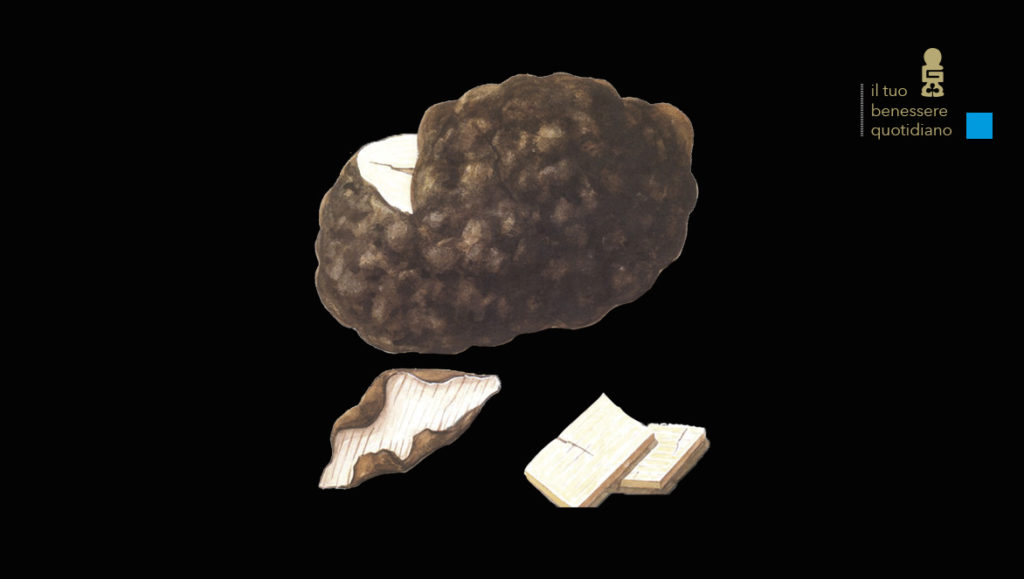
Wolfiporia extensa
ACTIVE
STEROLS, TRITERPENES, LANOSTEROL.
BIBLIOGRAPHY
Nakata T, Yamada T, Taji S, Ohishi H, Wada S, Tokuda H, Sakuma K, Tanaka R. Structure determination of inonotsuoxides A and B in vivo anti-tumor promoting ac- tivity of inotodiol from the sclerotia of Inonotus obliquus. Bioorganic & Medicinal Chemistry 2007;15(1) 257-264.
Lee, H. C.; Cheng, W. Y.; Huang, B.; Hsu, Y. H.; Huang, S. Y. Anti-inflammatory and hypoglycemic efficacy of Poria cocos and Dioscorea opposita in prediabetes mellitus rats. Rsc. Adv. 2014, 4, 55649-55657
Sato, T. Tai, Y. Nunoura, Y. Yajima, S. Kawashima, and K. Tanaka, "Dehydrotrametenolic acid induces preadipocyte differentiation and sensitizes animal models of noninsulindependent diabetes mellitus to insulin," Biological & Pharmaceutical Bulletin, vol. 25, no. 1, pp. 81-86, 2002.
H. Oh, P. J. Houghton, W. K. Whang, and J. H. Cho, "Screening of Korean herbal medicines used to improve cognitive function for anti-cholinesterase activity," Phytomedicine, vol. 11, no. 6, pp. 544-548, 2004.
Yan, B. Liu,W. Guo et al, "A clinical investigation on zhi ling tang for treatment of senile dementia," Journal of Traditional Chinese Medicine, vol. 20, no. 2, pp. 83-86, 2000.
Chen, W. An, and J. Chu, "Effect of water extract of Poria on cytosolic free calcium concentration in brain nerve cells of neonatal rats," Zhongguo Zhong Xi Yi Jie He Za Zhi, vol. 18, no. 5, pp. 293-295, 1998.
Kaminaga T, Yasukawa K, Takido M, Tai T, Nunoura Y. Inhibitory effect of Poria co- cos on 12-O-tetradecanoylphorbol-13-acetate-induced ear oedema and tumor pro- motion in mouse skin. Phytotherapy Research 1996;10(7) 581-584.
Via della Previdenza Sociale, 3
42124 Reggio Emilia
P. IVA: 02499330351
Registro imprese CCIAA di Reggio Emilia - RE- 28701
Sign up for our newsletter to receive updates on products and promotions.